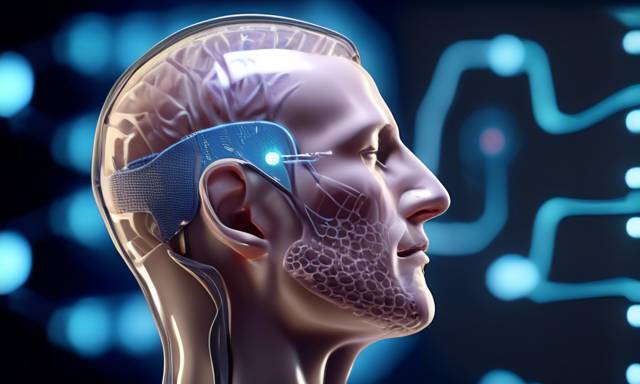Neuralink’s Groundbreaking Advances in Neural Interfaces 🚀
Neuralink, a company pioneered by Elon Musk, is making significant strides in developing brain-machine interfaces that could revolutionize the way we interact with technology and improve quality of life for disabled individuals. The latest updates reveal promising advancements in their devices, showcasing trials aimed at enabling paralyzed patients to regain control over digital devices through thought alone. This article explores these developments and their implications.
Recent Milestones in Device Trials 📊
This year has been particularly notable for Neuralink as it successfully implanted its innovative device in its second patient. This patient has already started using the device to engage in video games and learn about designing complex 3D objects. These trials represent the forefront of research into creating neural connections between the brain and external devices.
Examining Neuralink’s Functionality 🔍
The core of Neuralink’s technology involves a chip that interprets and transmits neural signals. These signals can potentially be sent to various digital devices, such as computers or smartphones. The capacity for individuals to control devices using only their thoughts is a groundbreaking advancement in the realm of assistive technology.
Implications for People with Disabilities 🌈
Alongside gaming and design, the technology aims to offer significant benefits for individuals with spinal cord injuries. Neuralink is conducting separate trials specifically targeting paralyzed patients, allowing them to use digital technologies solely through cognitive commands. This prospect represents a paradigm shift in how people with severe mobility restrictions can interact with the world around them.
Future Trials and Expectations 🔮
Neuralink plans to enroll a limited number of patients—three— to further study the effectiveness and safety of its device. These trials stand to take several years to complete and will provide crucial data on the real-world applications of their technology. The clinical trials database of the U.S. government provides further details on these ongoing studies, underscoring the regulatory scrutiny and ethical considerations involved in this pioneering research.
Potential Impact on Communication and Mobility 🔑
The vision for Neuralink extends beyond simple device interaction. The ultimate goal is to restore essential functions, such as mobility and communication, to people with disabilities. If successful, these developments could lead not only to individual empowerment but also to broader societal changes in how we approach disability and assistive technology.
Community Reception and Ethical Considerations 💬
As Neuralink progresses with its innovative approaches, it faces various ethical considerations and societal reactions. Discussions surrounding brain-computer interfaces often provoke questions about privacy, the extent of human enhancement, and the moral implications of such technology. Engaging with these topics is essential for creating a responsible and inclusive framework for the future of neural technology.
Paving the Way for Future Innovations 🌐
The advancements put forth by Neuralink could pave the way for additional innovations in healthcare and technology. As the company continues to push boundaries, the feedback from the trials will play a vital role in shaping the future capabilities of brain-machine interfaces. This could ultimately lead to more effective treatments and a greater understanding of the human brain’s potential.
Closing Thoughts on the Advancement of Neural Technologies 🌟
As Neuralink continues to explore the possibilities of brain-machine interfacing, the implications for patients with disabilities are undeniably hopeful. The endeavor to allow individuals to communicate and control devices through thought signifies a landmark achievement in both neuroscience and technology.
Looking ahead, the commitment to ongoing trials and patient-focused outcomes will be critical in determining the feasibility and ethical landscape surrounding these innovations. The conversations generated by Neuralink’s work may well influence the direction of future research in the field of neural technology.





 By
By


 By
By
 By
By